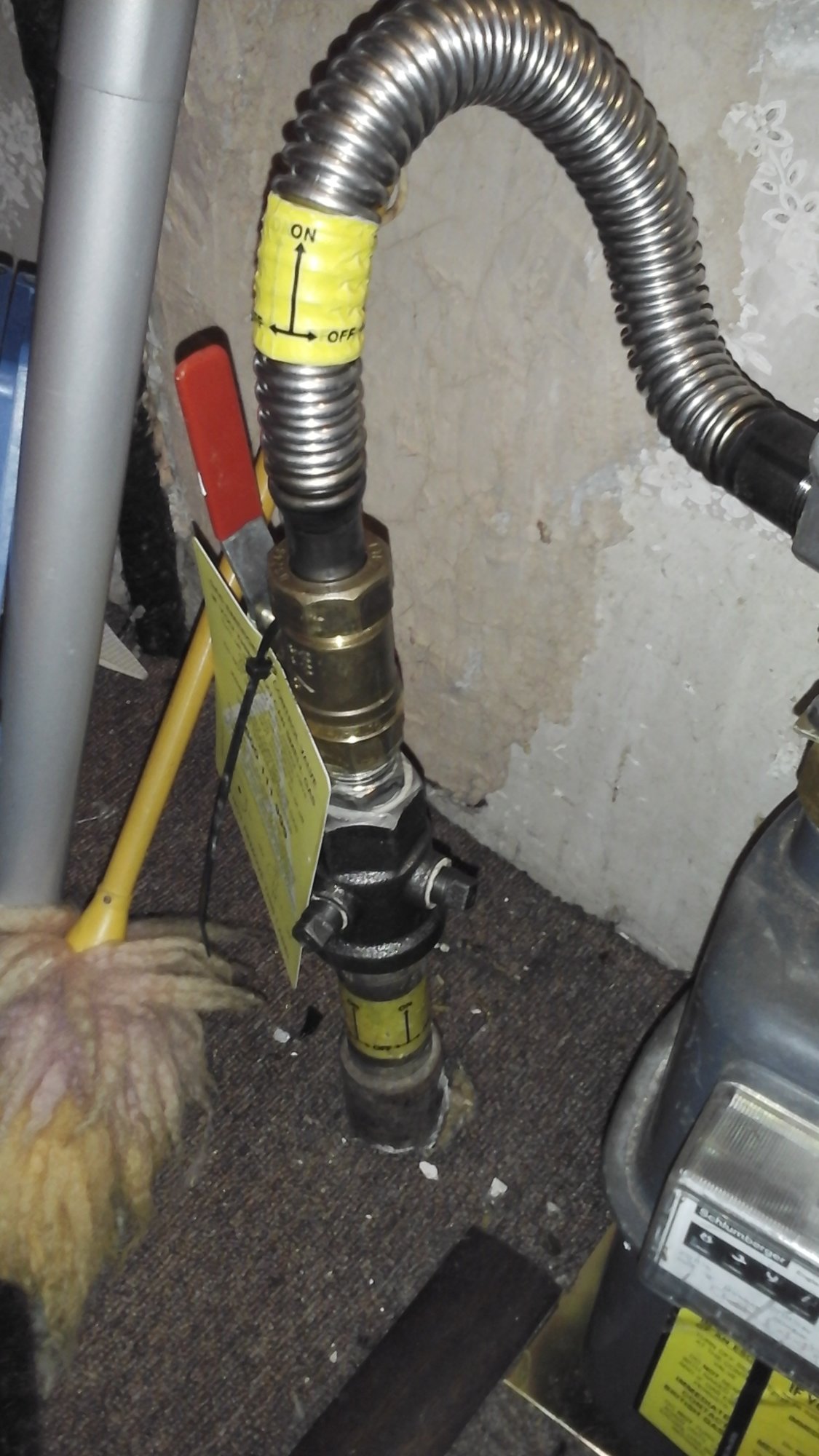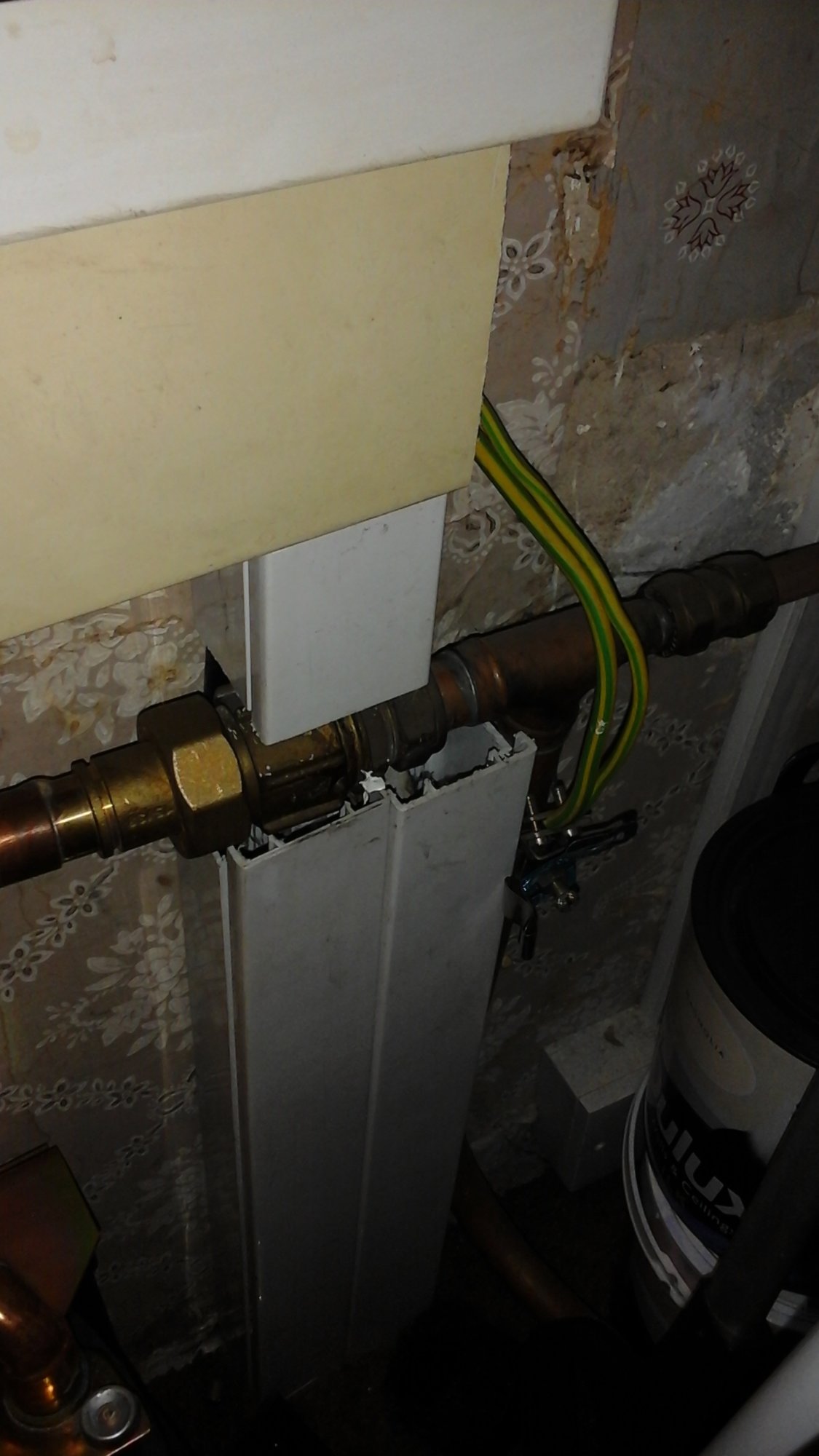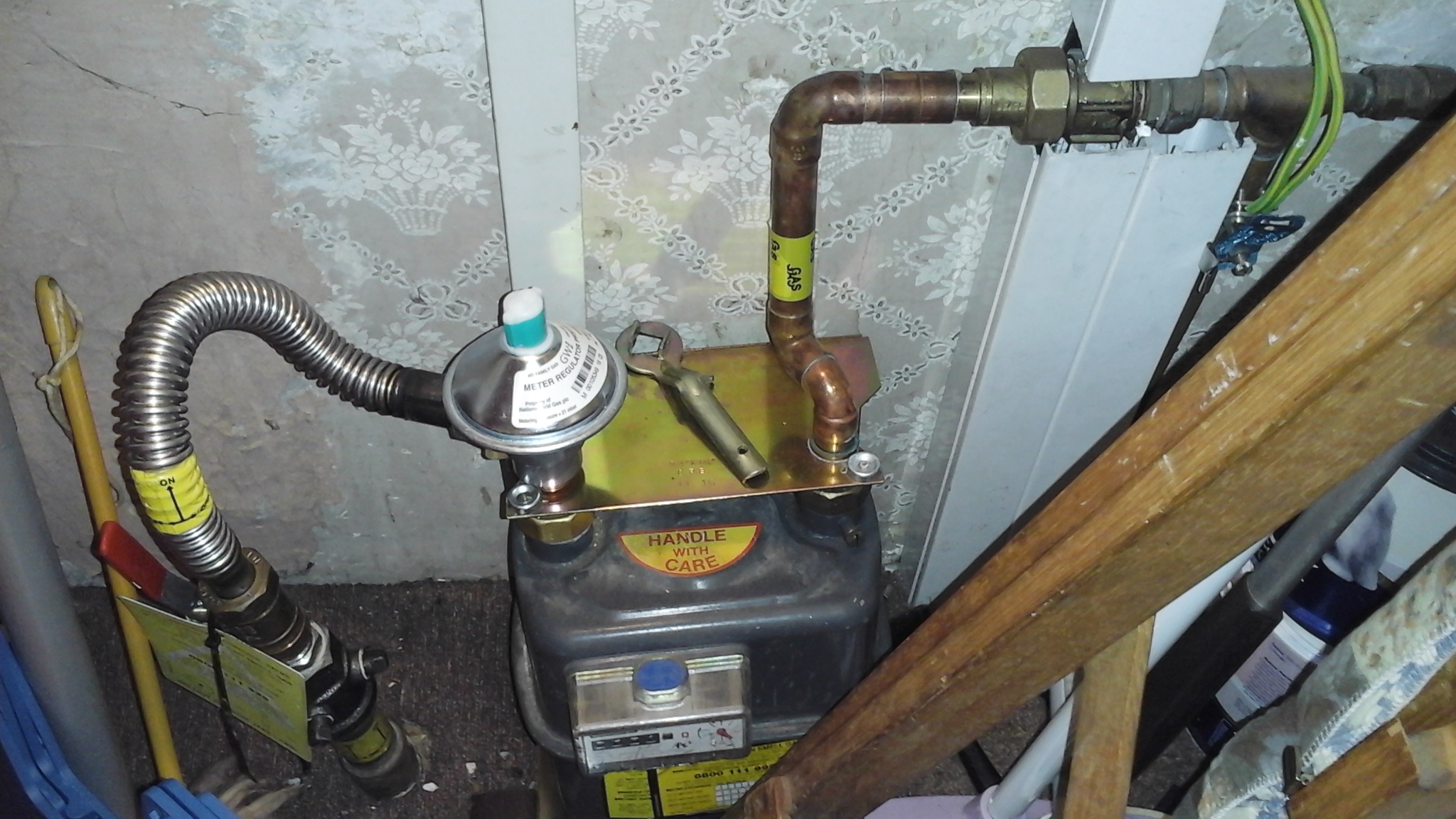I too always read the bond consumers side bit of the regs and somehow missed the Extraneous part of the regs, in fact a relatives house still has the bond there from the 80,s.
However the gas pipes down the road have presumably been cut and now yellow plastic pushed through, rather than dig up the front gardens this was pushed through the pipes, i have yet to look under the floor, to see how it bends up to the meter and whether the old metal pipe is still continuous and still going into the ground. could they even push it through a 90 degree angle.
So too be honest, i am still unsure if this bond should now be relocated to the other side of the meter, totally removed or left where it is.
The people that done the meter and pipe never mentioned or done anything regarding the bond.
I cant see how to positively check if its Extraneous now as theres a metal meter and metal pipe internally throughout, without tracing and isolating any internal earth paths.
However the gas pipes down the road have presumably been cut and now yellow plastic pushed through, rather than dig up the front gardens this was pushed through the pipes, i have yet to look under the floor, to see how it bends up to the meter and whether the old metal pipe is still continuous and still going into the ground. could they even push it through a 90 degree angle.
So too be honest, i am still unsure if this bond should now be relocated to the other side of the meter, totally removed or left where it is.
The people that done the meter and pipe never mentioned or done anything regarding the bond.
I cant see how to positively check if its Extraneous now as theres a metal meter and metal pipe internally throughout, without tracing and isolating any internal earth paths.
Last edited:




